Weaving is an ancient form of fabric production that goes back centuries, and it is even more relevant today than it was in recent years. With the rise in popularity worldwide of local, sustainable industries, weaving is being revived not just as a highly prized craft but also as an art form.
In the Philippines, we have many local weaves produced from fibers as varied as bamboo, pineapple, abacca and banana. Mixed with cotton or silk, these weaves are not only beautiful, but are comfortable to wear in our humid weather. While pricier than most industrially manufactured synthetic fabrics, natural weaves are gaining a following in the fashion industry worldwide because of its unique textures and tactile qualities.
Developing an appreciation for our local fibers and weaves is an important first step in creating fashion that is sustainable while at the same time global and fashion-forward.
 Raw abacca fibers
Raw abacca fibers
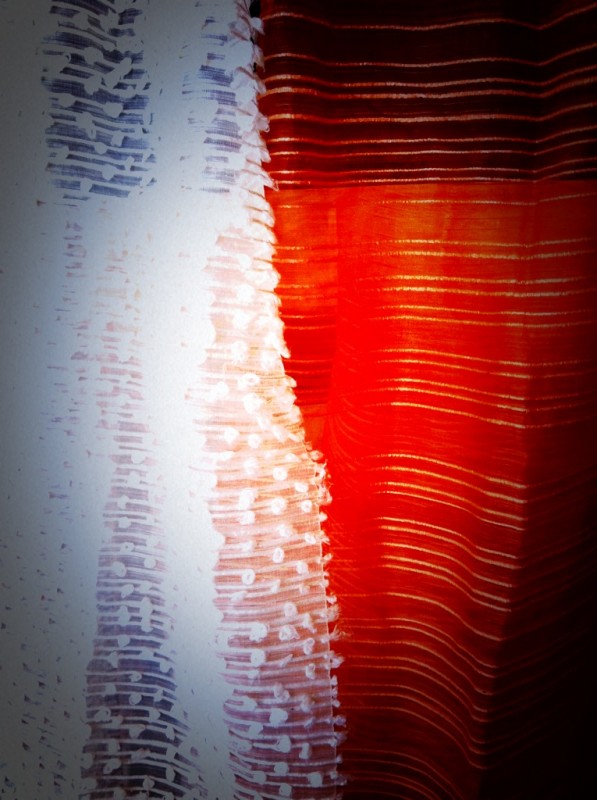 Indigenous weaves produce beautiful textures
Indigenous weaves produce beautiful textures
 Burberry coat made from a mix of abacca, silk and cotton
Burberry coat made from a mix of abacca, silk and cotton
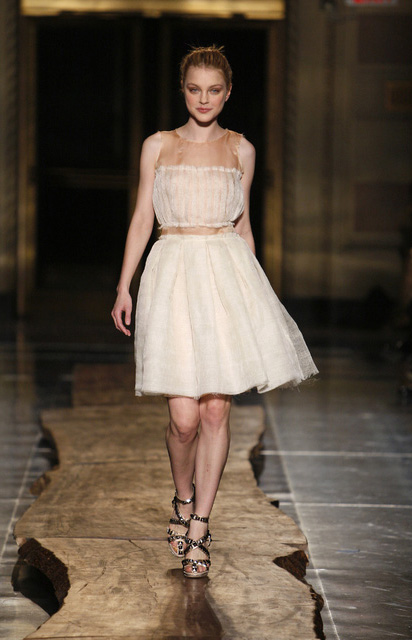 Rodarte cocktail dress made from fibers of abacca, piña, silk and cotton
Rodarte cocktail dress made from fibers of abacca, piña, silk and cotton
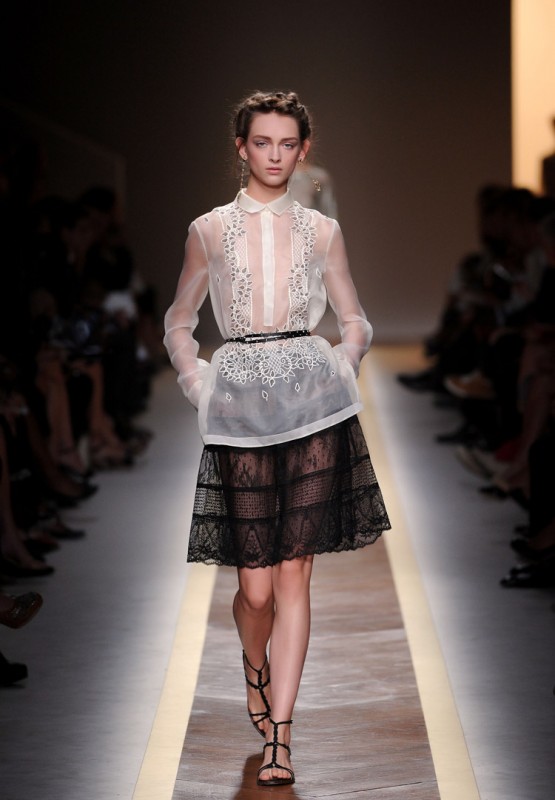 Valentino’s spring/summer 2012 collection featured designs strikingly similar to the barong tagalog
Valentino’s spring/summer 2012 collection featured designs strikingly similar to the barong tagalog
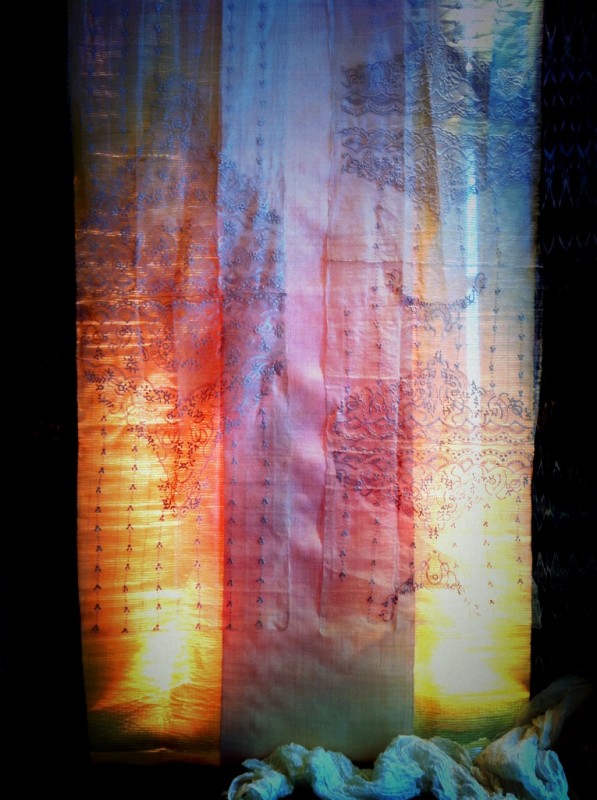 Local piña fabric with embroidery
Local piña fabric with embroidery
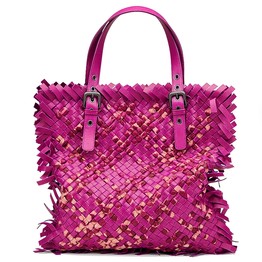 Bottega Veneta Nappa Aquatre bag uses nappa leather in a weave similar to our local buri banig
Bottega Veneta Nappa Aquatre bag uses nappa leather in a weave similar to our local buri banig
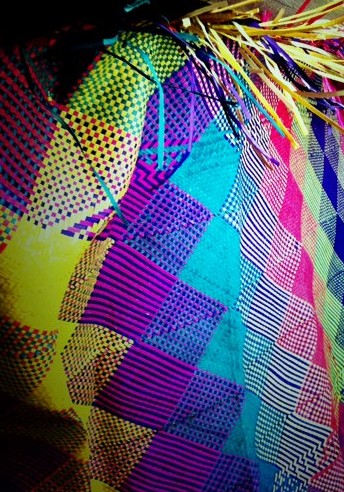 Banig weave made of buri
Banig weave made of buri
*FDCP’s Philippine Fashion Design Competition “Weaving The Future” is tonight at 6pm at the PAGCOR Theater. Please come support, and cheer on, the future of Philippine fashion!

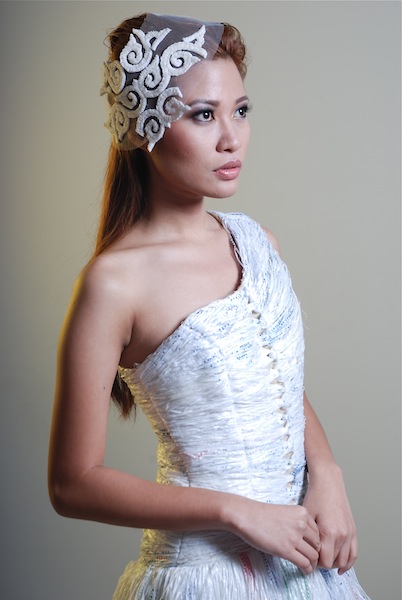

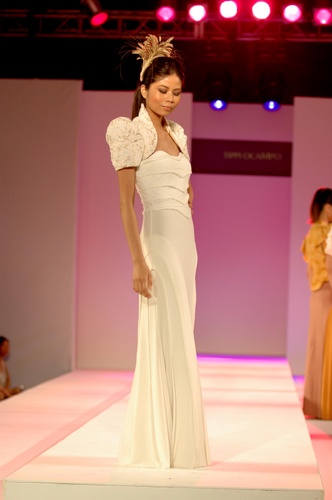




tippi,nice post ! I am amazed by how beautiful our local weaves are from the humble banig to abel to pinya et. al, i do hope that more designers would be encouraged to use it in abundance in their respective collections 🙂 The opportunity to promote local weaves and products is in every filipino designer’s hands
Couldn’t agree more, Ming! Our local weaves are beautiful and sustainable–way ahead of the times when it comes to ‘eco-chic’ 😉